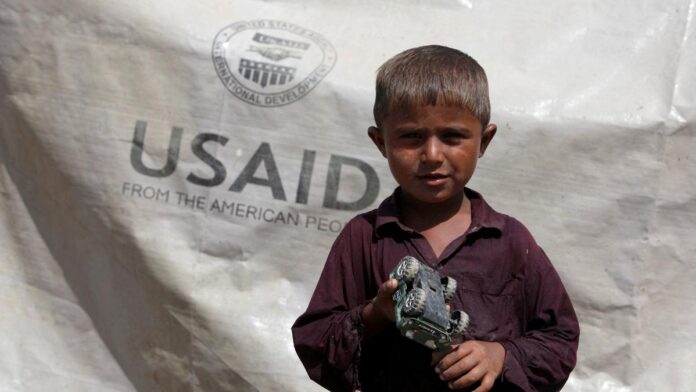The United States’ decision to cut most of its foreign aid could result in more than 14 million deaths by 2030, according to a new study published in the Lancet journal.
The research comes as government and business leaders gather in Spain this week for a major United Nations conference focused on global aid. The U.S. will not attend the event in Seville.
According to the study, USAID funding helped prevent 91 million deaths in low- and middle-income countries between 2001 and 2021. Aid-supported health programs were linked to a 15 percent drop in deaths across all age groups, and a 32 percent drop among children under five.
Earlier this year, the U.S. government announced it would reduce USAID funding by 83 percent. That level of reduction could lead to 14 million avoidable deaths by 2030, including 4.5 million children under five, the study projected.
That’s about 700,000 child deaths per year.
The U.S. had previously provided over 40 percent of the world’s humanitarian funding. The cuts began after Donald Trump returned to the White House in January. Within weeks, Elon Musk, a senior adviser to Trump at the time, said the agency had been “put through the woodchipper.”
The study said countries receiving higher levels of USAID support saw 65 percent fewer deaths from HIV/AIDS and roughly 50 percent fewer from malaria and neglected tropical diseases, compared to those with little or no USAID funding.
Researchers said the drop in aid from the U.S. has been followed by similar decisions from Germany, the U.K., and France. This could lead to more deaths in coming years.
Before the cuts, USAID made up about 0.3 percent of U.S. federal spending. On average, U.S. citizens contributed 17 cents per day to the agency, or about $64 a year.
The study’s authors said the projections are based on current funding levels and could improve if donors reverse course.




